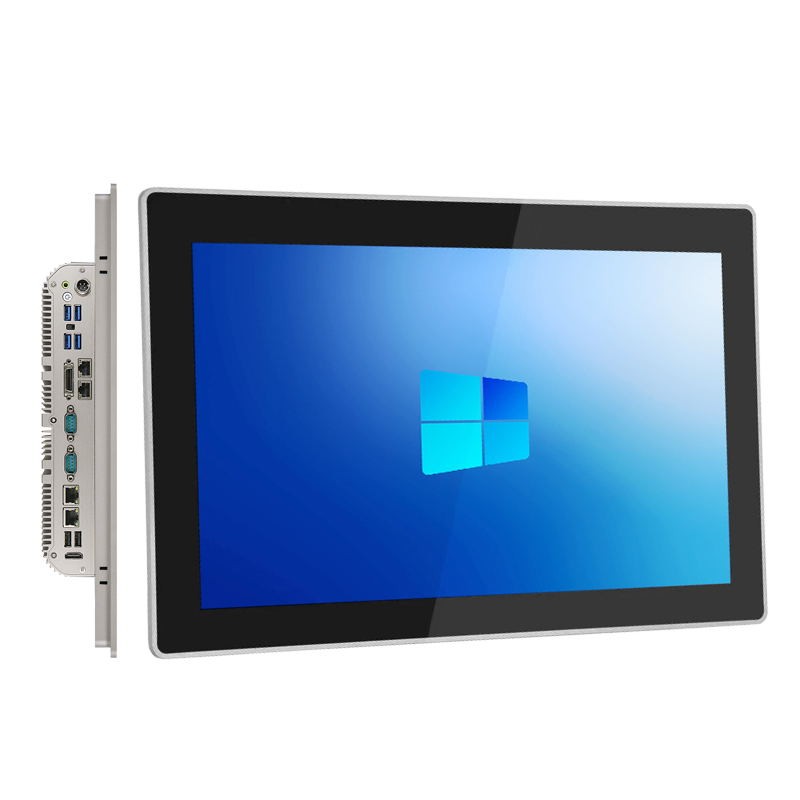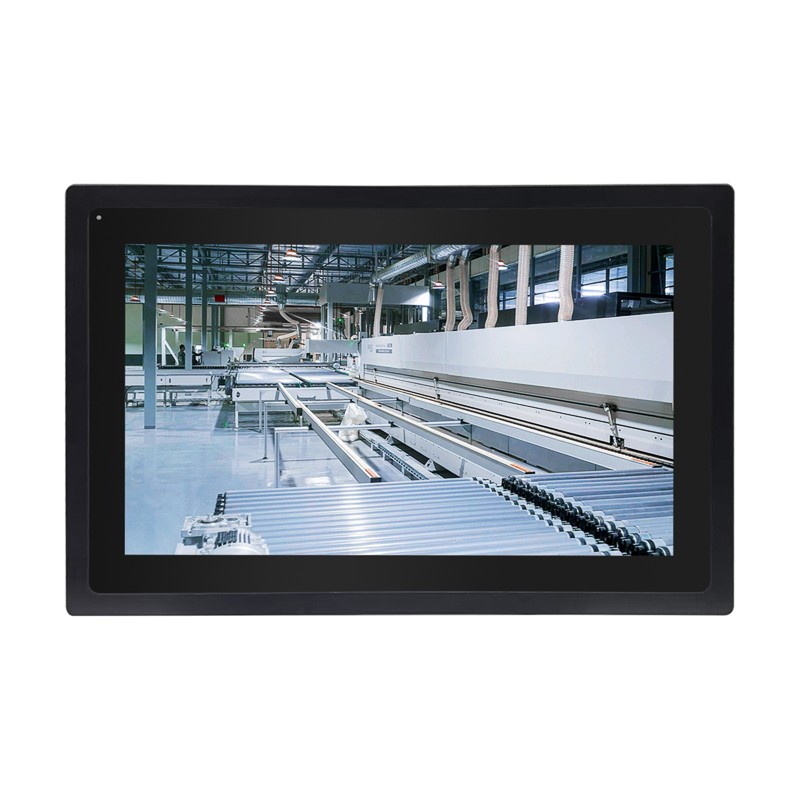Aug. 21, 2025
What is Delta E? (ΔE)
Delta E, simply put, is a numerical measure of the difference between two colors. This concept originates from color science and is a combination of the Greek letter Δ (Delta) and the English letter E (for "error"). Delta (Δ): A Greek letter often representing "difference" or "change" in science and mathematics.
E: Represents the German word "Empfindung," meaning "feeling" or "perception." Therefore, Delta E literally translates to "perceived difference."
Smaller Delta E values indicate closer colors; larger values indicate more noticeable differences. Generally, when a Delta E is less than 1, the human eye is largely imperceptible to the difference; when a Delta E is greater than 3, most people can clearly perceive the difference.
Key Point: Delta E calculations are based on a specific color space model (the most commonly used is CIELAB, discussed later). It's not fabricated; rather, it attempts to simulate the differences in color perception among the human eye.
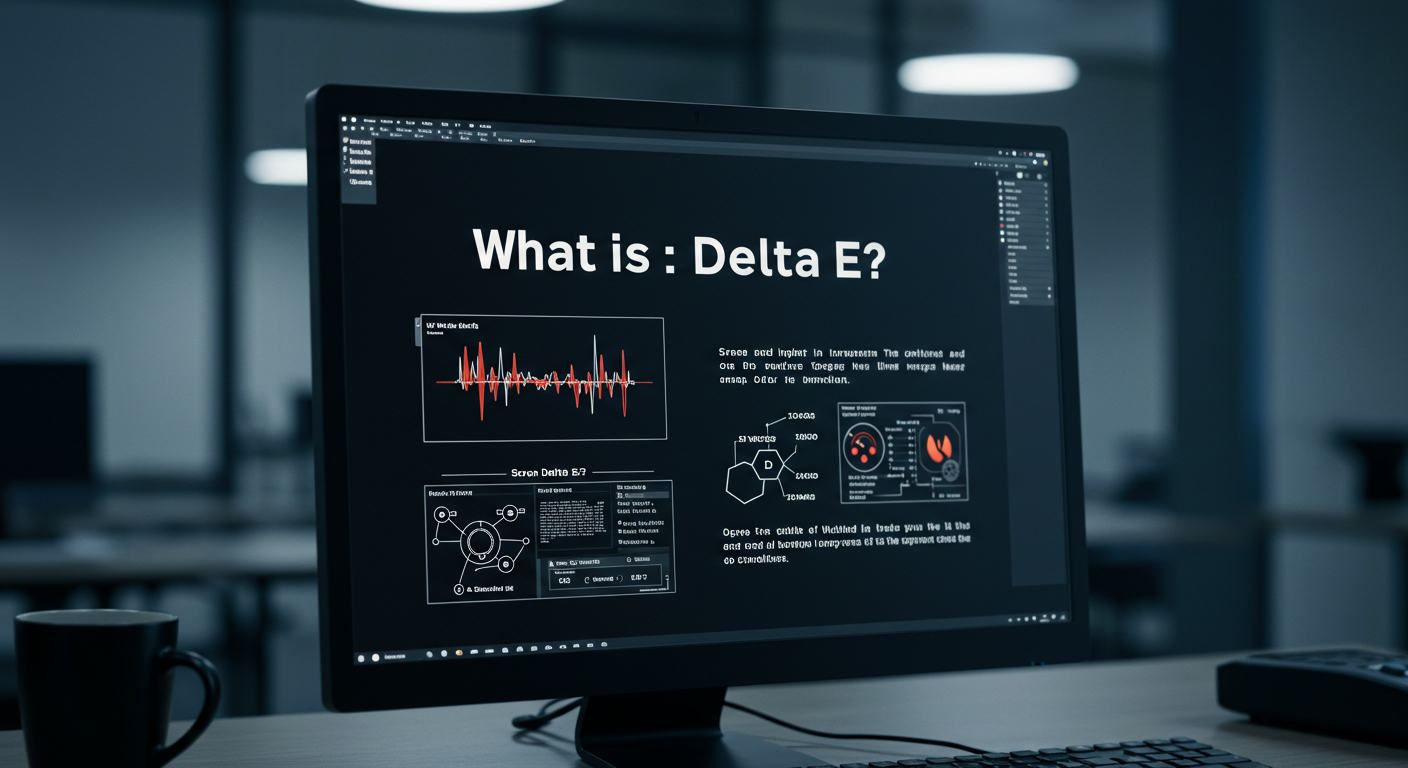
In the industrial control projects I've worked on for clients, several industries have strict Delta E requirements. The following are some examples:
Medical device manufacturing: Medical imaging diagnostic equipment requires extremely high color accuracy. Even a slight color deviation can affect a doctor's assessment of a lesion. This is a case in point: I once worked on a medical display project for medical imaging applications (such as radiology). When viewing X-rays, CT scans, and MRIs, grayscale levels and subtle color variations (such as those caused by pseudo-color processing) can contain critical diagnostic information. Excessively high Delta E on the display can lead to loss of detail or misinterpretation. The client required a Delta E of less than 1.5.
Semiconductor inspection: During chip manufacturing, when observing subtle changes on the chip surface through a microscope, color accuracy directly impacts the accuracy of defect detection.
Textile industry: This industry has relatively high color requirements, as even the slightest color deviation can directly impact product quality, delaying production and subsequent sales, resulting in significant losses for the company.
Automotive manufacturing: In the automotive production and processing process, accurate color display is crucial for ensuring product consistency during the exterior painting process and quality inspection. For those working in the printing industry: From the design draft to film (or CTP) and then to ink application, the entire process is a battle with color. A core goal of prepress proofing and color management is to control Delta E values at every stage to ensure the final printed product meets expectations. As the starting point or a key step in the process, the screen's Delta E is crucial.
In these industries, Delta E is not just a technical parameter; it's a key indicator of quality control.
Want to know your monitor's Delta E performance? Simply comparing colors with your eyes isn't reliable (the human eye doesn't remember colors accurately). Professional tools and methods are needed:
Hardware measurement: Use a professional color analyzer, such as the X-Rite i1Display Pro or Datacolor SpyderX. These devices directly measure the colors displayed on the screen, compare them to a standard color space, and calculate the Delta E value. You can also use a colorimeter or a more accurate spectrophotometer. These small devices, resembling a mouse, need to be held close to the screen when used.
1. The software displays a series of color patches with precisely known color values (e.g., red, green, blue, grayscale, etc.) on the screen.
2. The instrument measures the actual light (color) emitted by the screen.
3. The software compares the measured color values with standard target values.
4. Based on the selected color space (usually CIELAB) and the Delta E formula (e.g., ΔE76, ΔE94, ΔE00), the software automatically calculates the Delta E value for each color patch and provides statistical results, such as the average and maximum values.
Software Calculation Method:
In theory, Delta E values can be calculated using software. The calculation formula is relatively complex, requiring the conversion of RGB values to Lab color space and then calculating the Euclidean distance between two color points.
Delta E (total color difference) is a complete numerical descriptor derived from the three color values of delta L*, delta a*, and delta b* in a rectangular coordinate system. Its meanings are as follows:
dL* represents the lightness difference between the sample and the standard color.
da* represents the redness or grayscale difference between the sample and the standard color.
db* represents the blue-yellow chromaticity difference between the sample and the standard color.
Higher values indicate greater differences in that dimension. Because Delta E involves three core elements, calculation is easier than you might think.
All you need to do is square the differences in L, a, and b; add them together; and then take the square root of the sum. However, writing this as a mathematical formula can be a bit daunting:
CIE76 color difference formula
Source(you can find the detailed calculation method here): http://zschuessler.github.io/DeltaE/learn/
This formula can help you gain a deeper understanding of the direct difference between two colors. To learn more, please visit the source mentioned above.
The core of Delta E is to compare the difference between the actual light emitted by the screen and the theoretical standard value. Without measuring the actual color emitted by the screen, screen characteristics (such as backlight, panel, aging, and current settings) vary greatly, making it impossible to determine the actual color deviation based on theoretical calculation alone.
The so-called "calculation" means that after obtaining actual measurement data, the software calculates the Delta E value according to a mathematical formula. The formula is fixed (such as ΔEab, ΔE00), but the measurement data input into this formula must be based on actual physical measurements.
Therefore, to obtain accurate Delta E values for a display, you must use a professional hardware colorimeter (colorimeter/spectrophotometer) in conjunction with software for actual measurement.
However, in real-world projects, I've found that software calculations are often inaccurate because they fail to account for factors such as the display's actual physical characteristics and ambient lighting conditions. For industrial control applications, we still recommend using professional hardware for measurement.
Pay attention to the manufacturer's nominal values:
Value: Manufacturers will typically indicate an average Delta E value < a certain value (e.g., ΔE < 2). The lower the value, the better.
Standard: Pay attention to which Delta E formula is used. ΔE00 (Delta E 2000) is the latest standard that best matches human perception, superior to the older ΔEab (or ΔE76). Prioritize monitors marked with ΔE00 < 2.
Factory Calibration Report: High-end professional monitors often come with a factory calibration report that clearly lists the Delta E values (usually the average and maximum values) during measurement. This is more reliable than general specifications.
Understanding the Meaning of the Values:
ΔE ≤ 1: The human eye can barely detect the difference, which is considered professional-grade and excellent. Suitable for the most demanding color work.
1 < ΔE ≤ 2: The human eye may notice a slight difference, but this is generally considered excellent and meets most professional needs (photography, design, print, video). 2 < ΔE ≤ 3.5: There is some color difference, which may be noticeable to the average person, but is still acceptable. This is suitable for less demanding work or on a limited budget. Suitable for semi-professional or high-end consumer use.
ΔE > 3.5: The color difference is quite noticeable, making it unsuitable for professional color work. However, it is suitable for general office and entertainment use.
The pitfalls of "average Delta E":
Averages can mask significant deviations in individual colors (where the maximum value is very high). For example, the average Delta E may be less than 2, but a particular blue color may have a Delta E of 5. This can be problematic if this blue is critical for your work.
Color gamut coverage: Delta E reflects accuracy, while color gamut (such as sRGB, Adobe RGB, and DCI-P3) reflects the range of colors that can be displayed. Both are important! A monitor that covers 99% of Adobe RGB but has a high Delta E may have vibrant colors but be inaccurate. A monitor that only covers 70% of sRGB but has a Delta E less than 1 may have accurate colors but a narrow range.
Uniformity: Brightness and color temperature may vary between the center and corners of the screen, resulting in different Delta E values in different areas. A good professional monitor will ensure good uniformity.
The most important factor is matching your budget with your needs: Not everyone needs a Delta E <1. Understand the nature of your work and your true color accuracy requirements, and choose a product that meets the Delta E standard within your budget. For serious creators, investing in a monitor with a Delta E <2 (ΔE00) and an appropriate color gamut is worthwhile.
When choosing a monitor for industrial control projects, Delta E is only one factor to consider. Based on our experience, you should also consider the following aspects:
Brightness and contrast: Industrial control environments often have complex lighting conditions, so you need to choose a monitor with sufficient brightness.
Stability: Industrial environments require monitors to operate stably over long periods of time with minimal color shift.
Interface compatibility: Ensure the monitor supports the video output interfaces of your existing systems.
Environmental adaptability: Consider the impact of environmental factors such as temperature, humidity, and vibration on monitor performance.
For color-critical applications, I generally recommend a monitor with a Delta E less than 2. For general industrial control and monitoring applications, a Delta E less than 5 is acceptable.
We mentioned earlier that we use a colorimeter/spectrophotometer to measure the screen. How do they "see" the color?
The main steps in color measurement are:
1. Equipment Calibration: First, ensure the accuracy of the measurement equipment itself and perform regular calibration.
2. Environmental Control: Measurements require controlled ambient lighting, typically performed under standard lighting conditions.
3. Multi-Point Measurement: Measure multiple points across different areas of the screen, as LCD screens often exhibit uneven brightness and color.
4. Data Analysis: Compare the measurement results to a standard color space and calculate the Delta E value.
Basic Principle - Decomposing Light:
A colorimeter contains multiple specialized filters (typically corresponding to the red, green, and blue primary color bands) that simulate the three cone-like responses of the human eye. It measures the intensity of light after passing through the filters and then calculates XYZ or RGB values. This depends on the accuracy of the filters and may require different calibration or algorithm compensation for different display backlight types (e.g., W-LED, GB-LED, OLED).
A spectrophotometer is a more advanced device. It uses elements such as gratings or prisms to decompose incoming light into a continuous spectrum (much like breaking white light into a rainbow). It measures the intensity of each wavelength. Once the complete spectral data is obtained, it is mathematically converted into any desired color space (e.g., XYZ, Lab, RGB). It offers the highest accuracy, is less affected by backlight type, and can measure reflective objects (e.g., prints and fabrics).
The actual color measurement process: The instrument should be placed close to the screen, ensuring there is no ambient light interference. Software controls the screen to display a specific color patch (with known standard XYZ or Lab values). The instrument senses the light emitted from the screen. The instrument automatically processes and analyzes the light signal, converting it into an electrical signal and then into a digital color value. The software compares the measured color value with the standard value, calculates the difference, and outputs the result in various formats, such as Delta E.
In actual testing, measurements are typically taken at five points—the center and four corners of the screen—and the average is used as the overall Delta E reference.
Origin: Developed in 1976 by the International Commission on Illumination (CIE), the goal was to create a more uniform color space based on human visual perception. The previous CIE XYZ color space was mathematically rigorous but visually non-uniform. CIELAB (also known as L*a*b*) is currently the most core and important color space used for Delta E calculations and is the foundation for this calculation.
CIELAB uses three coordinates:
L*: represents lightness (black to white), with 0 representing pure black and 100 representing pure white.
a*: represents the green-to-red color axis, with +a* indicating the red direction and -a* indicating the green direction. Larger values indicate redder, while smaller (negative) values indicate greener.
b*: represents the blue-to-yellow color axis, with +b* indicating the yellow direction and -b* indicating the blue direction. Larger values indicate yellower, while smaller (negative) values indicate bluer.
The most significant characteristic of this color space is "perceptual uniformity," meaning that equal differences in value within the space correspond to equal differences in color perceived by the human eye.
Perceptual uniformity: In CIELAB space, the geometric distance (Euclidean distance) between two color points is theoretically closer to the actual color difference perceived by the human eye. This is the key reason why it serves as the basis for Delta E calculations! In the previous XYZ space, two colors with the same numerical difference may appear to be significantly different to the human eye, while the other appears similar. Lab space strives to improve this problem.
Relationship to Delta E: The original Delta E formula calculates the Euclidean distance between two color points (L1, a1, b1) and (L2, a2, b2) in CIELAB space: ΔEab = √[(L2* - L1*)² + (a2* - a1*)² + (b2* - b1*)²]
This is commonly referred to as Delta E 76 (ΔE76 or ΔEab). Although more advanced ΔE94 and ΔE00 are now available, ΔEab remains the foundation and is still used in many applications.
The calculation of Delta E is based on the difference between these three coordinate values. For industrial control applications, understanding this principle will help us better understand the importance of color management.
In addition to CIELAB, several other color spaces are encountered in industrial control display applications:
CIE XYZ (1931): The most basic color space, based on the average visual response of the human eye. It defines the mathematical foundation for all other color spaces. Color spaces such as L*a*b* and RGB can be converted from XYZ.
RGB family (sRGB, Adobe RGB, DCI-P3, Display P3, Rec.709, Rec.2020): These are the most commonly used and intuitive color spaces, based on the mixture of the three primary colors red, green, and blue.
Features: They define specific primary color coordinates, a white point (what constitutes pure white), and a gamma curve (brightness response). Different RGB spaces cover different color ranges (gamuts).
sRGB: This is the most common standard color space, used by most displays and images.
Adobe RGB: It has a wider color range than sRGB and is primarily used for professional image processing.
DCI-P3: The film industry standard, with a color range between sRGB and Adobe RGB. Rec. 709: HDTV standard, essentially the same as sRGB.
Rec. 2020: 4K/8K Ultra HD standard, offering the widest color range.
CMYK: Based on the mixing of four inks: cyan, magenta, yellow, and key-black. This is the cornerstone color space in the printing industry. Characteristics: It is a subtractive color model (RGB is additive). Its color gamut is generally smaller than that of RGB (especially bright and saturated colors). Conversion from RGB to CMYK inevitably results in color loss and variations, requiring professional color management.
ΔE94 and ΔE00 (CIEDE2000): These are not entirely new color spaces, but rather build upon the CIELAB space with more complex calculation weighting. They account for the varying sensitivity of the human eye to differences in lightness, hue, and saturation in different color regions (such as high saturation, near-neutral gray, and blue), modifying the distance formula (weighting and adjusting calculation terms). ΔE00 is currently recognized as the most consistent Delta E calculation method for human perception, being significantly more accurate than ΔEab.
CIELAB (L*a*b*) is the core "perceptually uniform" space for measuring color difference (Delta E). The RGB family of spaces (sRGB, Adobe RGB, and P3) is a commonly used working space for content creation, storage, and display. CMYK is the target space for printed output.
In industrial control projects, sRGB is typically used as a baseline due to its maximum compatibility. However, for specialized applications, such as medical imaging or precision testing, a wider color space may be considered. Choosing the right color space and understanding the importance of Delta E are crucial to ensuring the reliability and accuracy of industrial control systems. While these concepts may seem complex, understanding them can help us make better technical decisions in our projects.


Custom Industrial Panel PCs for Specialized Applications
Nov. 21, 2025
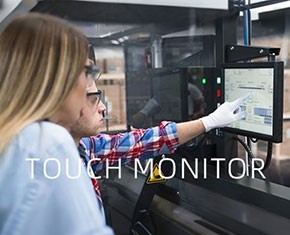

How Do Touchscreen Monitors Enhance Productivity?
Nov. 18, 2025
Industrial Panel PC IP69k Stainless Steel 304 Enclosure 7x24h
EETI waterproof solution, touch can work well with drop water on screen.
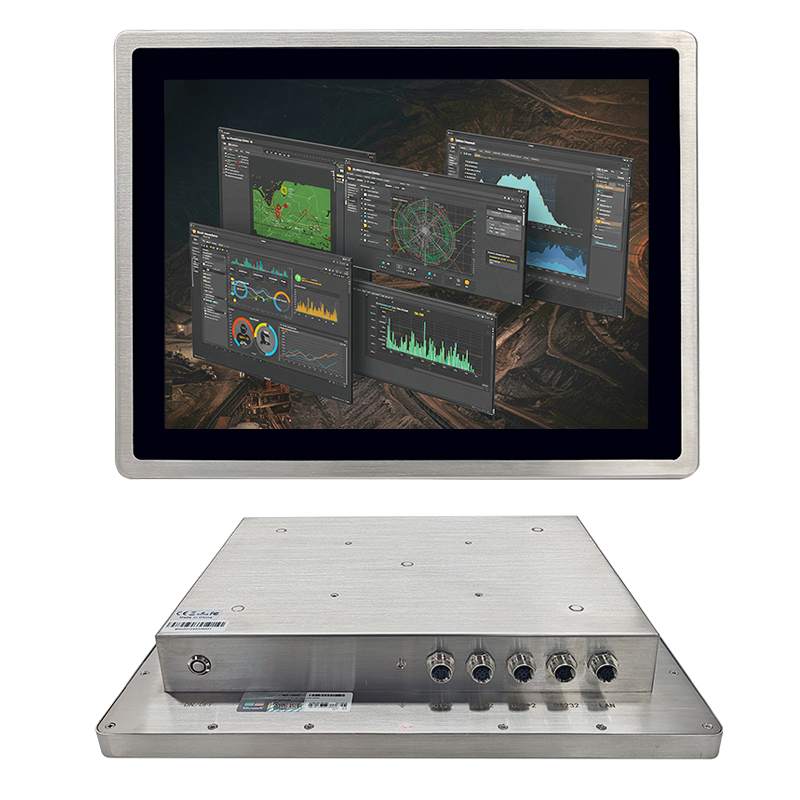

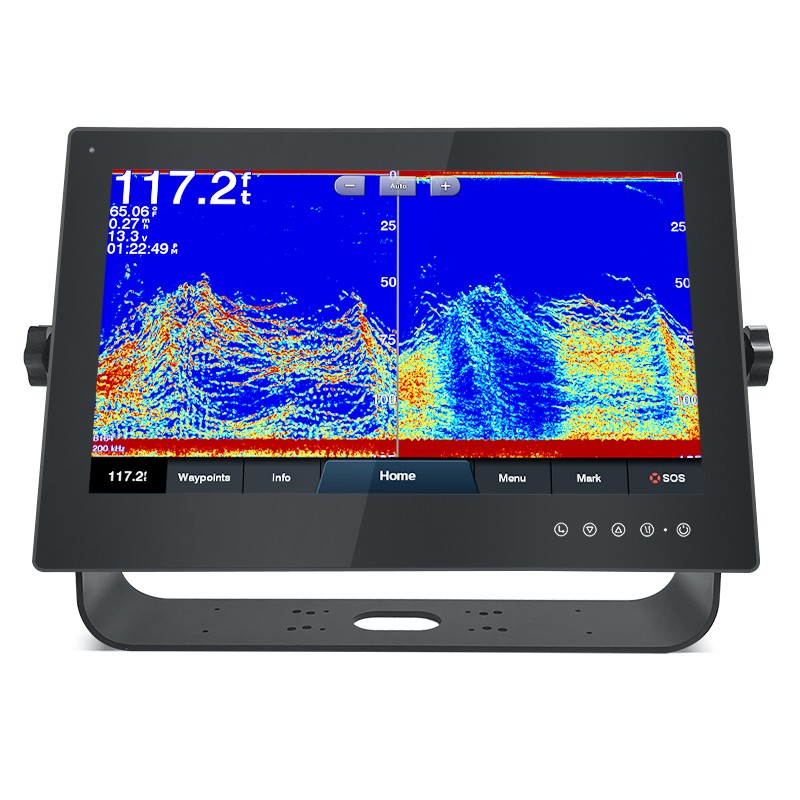
Intel Alder Lake 12th Processor Embedded Mini Computer 6COM 6USB
2*HD-MI,1*Type-C,support synchronous/asynchronous triple display.
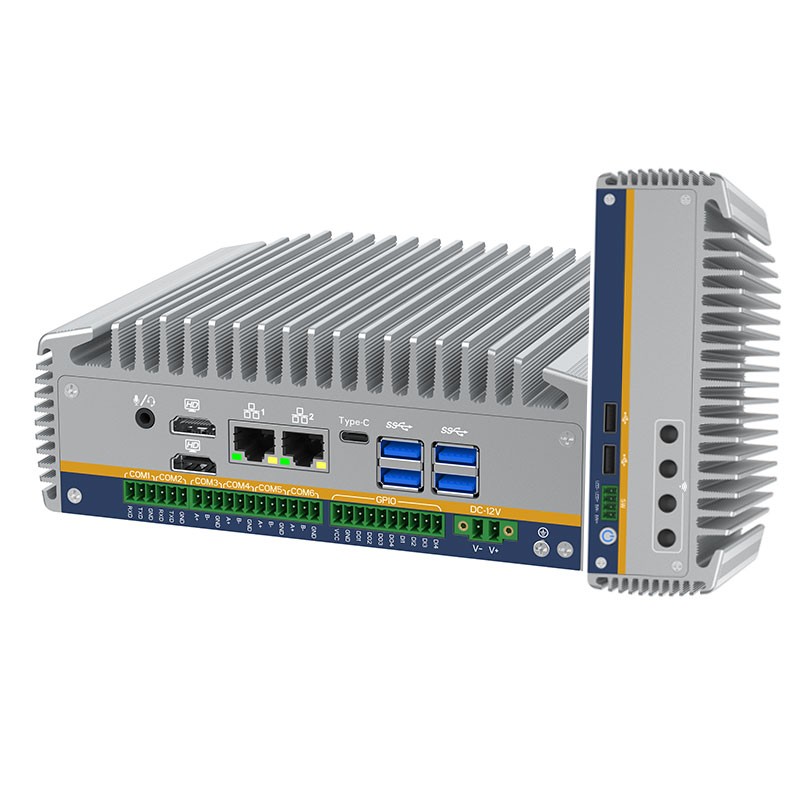
17 Inch Full IP67 Waterproof All In One Panel PC 12th Intel Core I3-1215U
17" 1280*1024 LCD Panel 1000nits, Optical bonding between touch screen and LCD screen
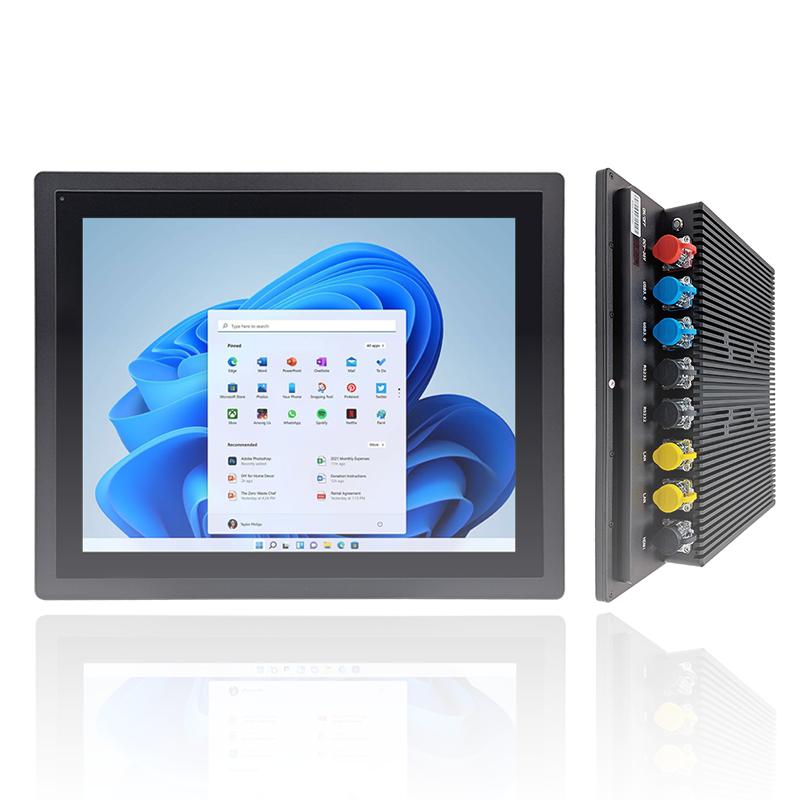
Industrial All In One PC Windows 11 pro SC800M
Intel 10th Celeron J4125/J6412 processor, optional Intel 8/10/11th Core i5/i7, support Windows 11.
